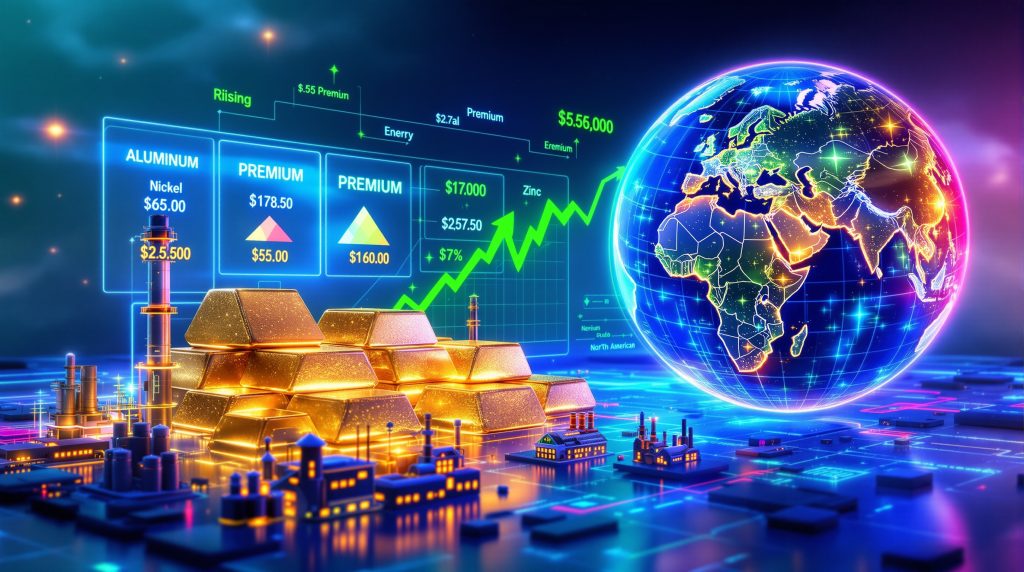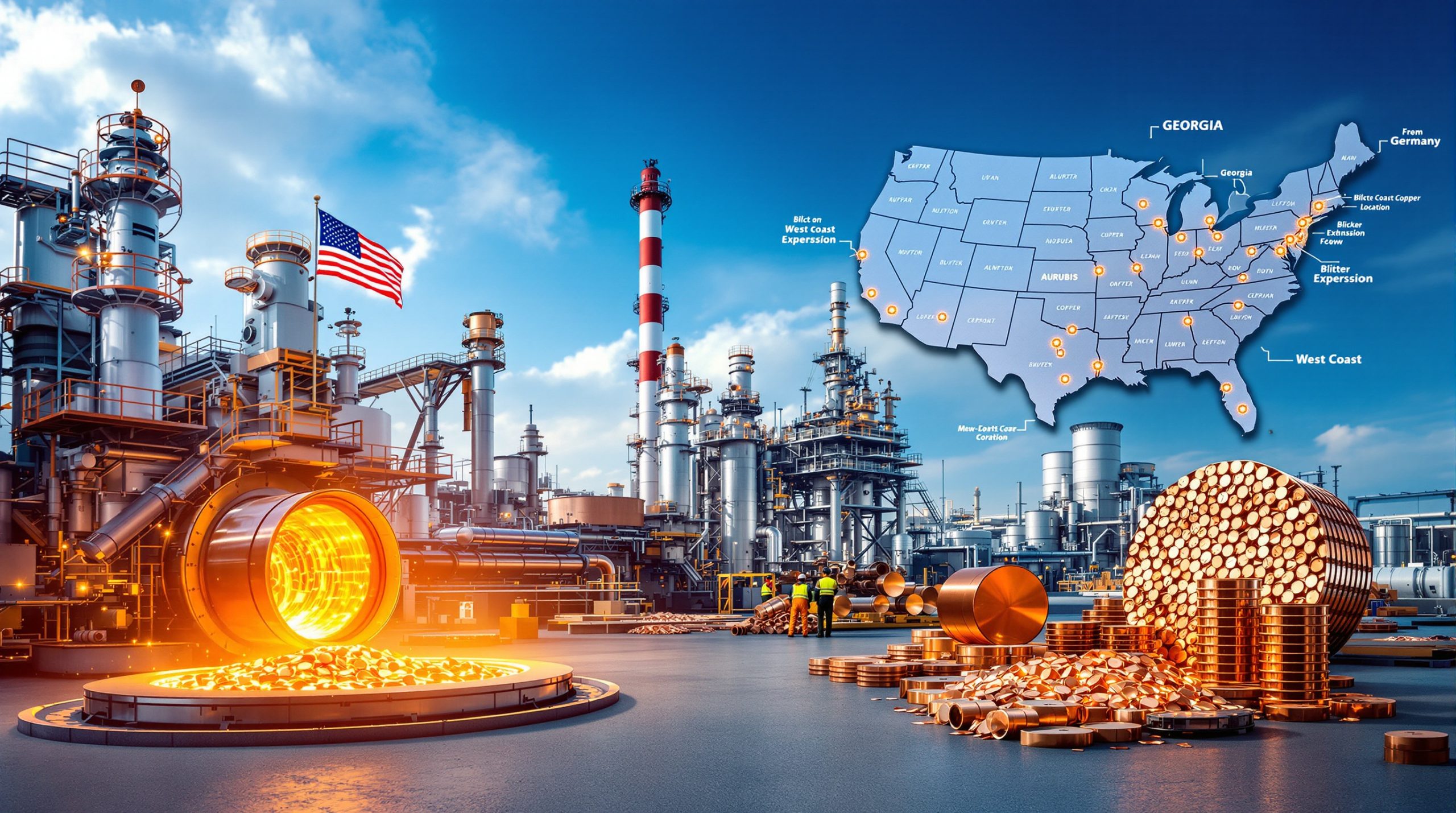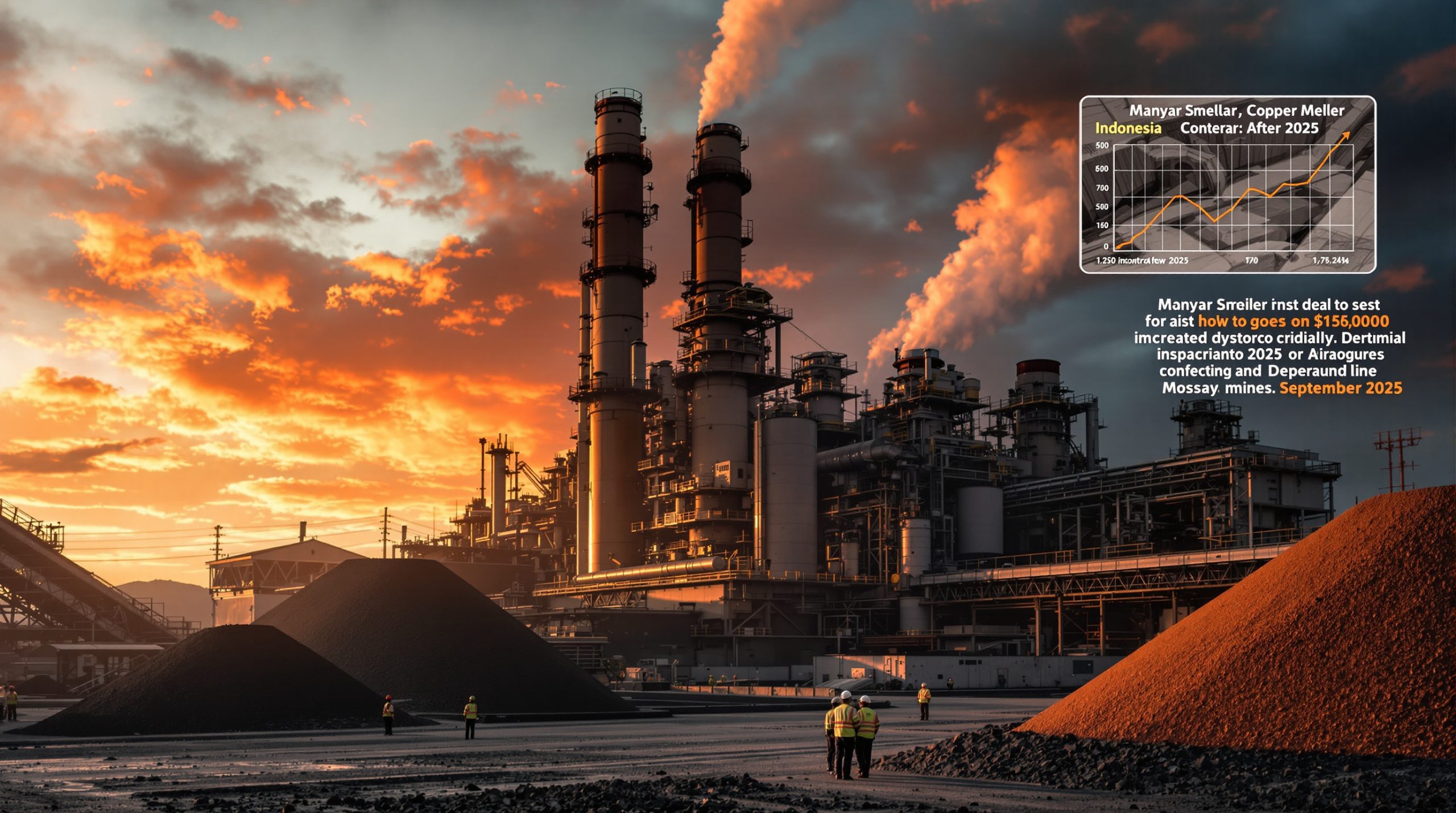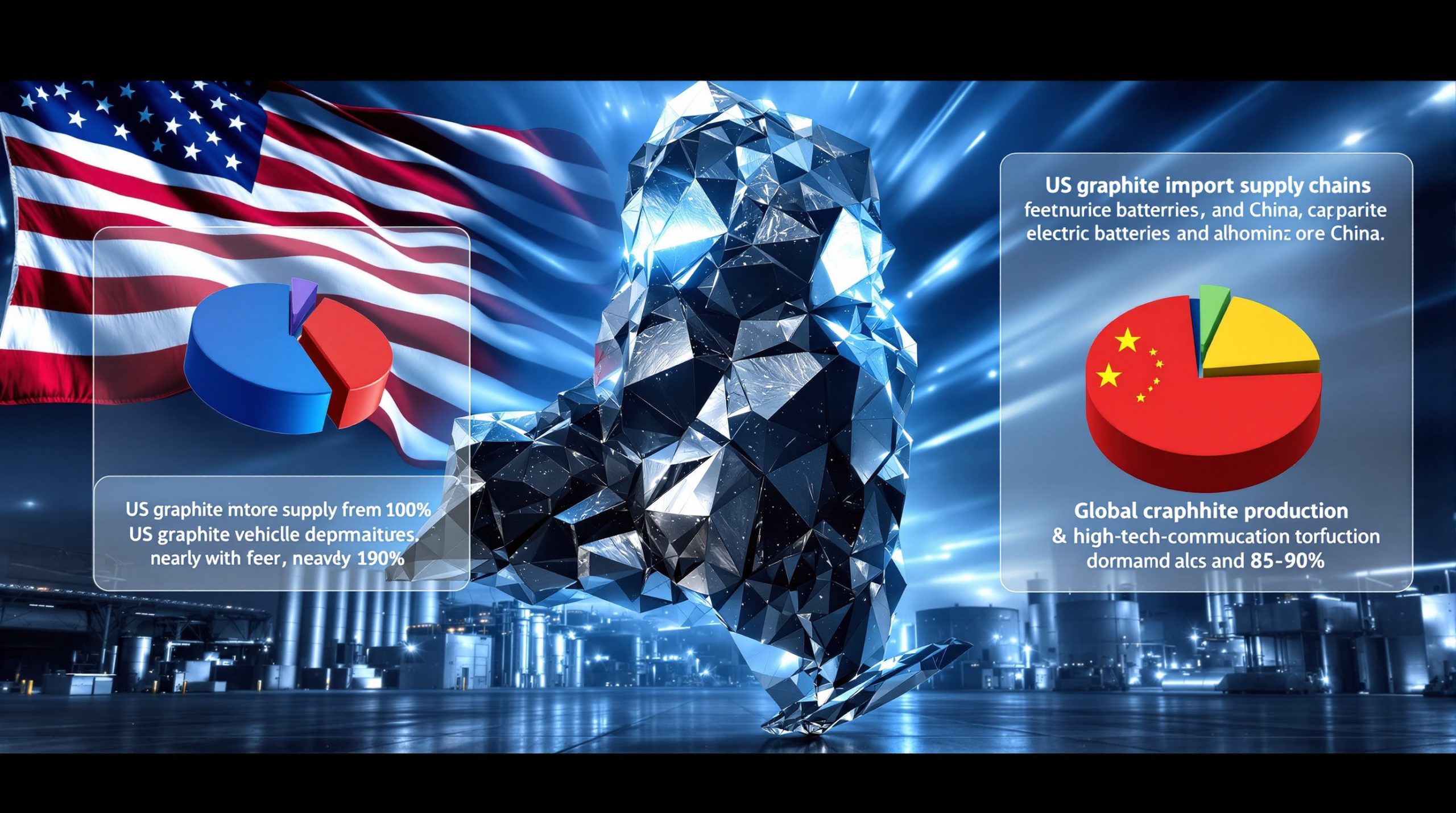Understanding Low-Carbon Metal Price Premiums: Market Trends and Future Outlook
Low-carbon metal price premiums represent the additional value that environmentally responsible metals command in the marketplace. These premiums provide financial incentives for producers to invest in cleaner technologies while allowing consumers to support sustainability goals through their procurement decisions. As global industries increasingly prioritize decarbonisation mining benefits, these premium structures are becoming a crucial market mechanism for driving industrial sustainability.
The Fundamentals of Sustainable Metal Pricing
Low-carbon metal price premiums reflect the verified reduced carbon footprint of metals produced with significantly lower greenhouse gas emissions compared to conventional production methods. These premiums essentially monetize the environmental benefits of sustainable production practices, creating a market-based incentive system that rewards producers for emission reduction investments.
The premium structure varies across metal types and regions, with more mature markets showing established price differentials while newer segments are still in the exploratory phase of price discovery. These premiums represent the market's willingness to financially recognize the additional costs incurred by producers to achieve lower-carbon production methods.
How Carbon Footprints Are Measured in Metal Production
The assessment of carbon intensity in metal production typically focuses on Scope 1 emissions (direct emissions from owned or controlled sources) and Scope 2 emissions (indirect emissions from purchased electricity, steam, heating, and cooling). This measurement approach provides a standardized method for comparing the environmental impact of different production facilities and methods.
Different organizations have established varying thresholds for what qualifies as "low-carbon" metal:
| Organization | Metal Type | Carbon Threshold |
|---|---|---|
| Fastmarkets | Aluminum | 4 tonnes CO₂e per tonne |
| Fastmarkets | Nickel briquette | 18 tonnes CO₂e per tonne |
| LME | Aluminum | 10 tonnes CO₂e per tonne |
| LME | Nickel | 20 tonnes CO₂e per tonne |
| LME | Copper | 10 tonnes CO₂e per tonne |
| LME | Zinc | 3.5 tonnes CO₂e per tonne |
These thresholds represent significant reductions compared to industry averages and provide clear benchmarks for producers aiming to qualify their products for premium pricing. The verification of these emissions levels typically requires third-party sustainability assurance, creating transparency and credibility in the marketplace.
How Are Low-Carbon Metal Premiums Evolving in Global Markets?
The market for low-carbon metals shows varying levels of maturity across different metal categories and regions. While some segments have established premium structures dating back several years, others are still in nascent stages of development.
Current Premium Landscape Across Metal Categories
The development of low-carbon premium structures varies significantly across metal types:
| Metal | Premium Range (Oct 2025) | Market Maturity | Key Regions |
|---|---|---|---|
| Aluminum | $0-20 per tonne (Europe) | Well-established | Europe, North America, East Asia |
| Nickel | $425-992 per tonne (Global) | Developing | Global |
| Copper | Minimal to none | Nascent | Europe |
| Zinc | Emerging | Exploratory | Europe |
The premium ranges reflect both market maturity and the relative cost difference between conventional and low-carbon production methods. For instance, the relatively narrow premium range for aluminum ($0-20 per tonne in Europe) suggests a more mature market with established pricing mechanisms, while the wider range for nickel ($425-992 per tonne) indicates a market still in the process of price discovery.
Notably, the nickel low-carbon premium showed significant volatility in late 2025, narrowing from $425-1,875 per tonne in September to $425-992 per tonne by October 1. This substantial contraction in the premium range suggests evolving market dynamics as participants gain experience and trading volumes increase.
Regional Variations in Premium Structures
Premium structures vary significantly by region, reflecting differences in regulatory environments, consumer preferences, and industrial policies:
-
European Market: The most advanced region with established premiums for aluminum since 2021 and growing interest in nickel and other base metals. Europe's early adoption reflects the region's stronger regulatory focus on carbon reduction.
-
North American Market: Developing premiums since 2023, primarily in the aluminum sector, with growing interest from automotive and consumer goods manufacturers.
-
East Asian Market: Emerging interest with aluminum premium structures introduced in March 2024, reflecting increasing environmental consciousness in key manufacturing economies.
-
Mexican Market: Newest entrant with aluminum premiums introduced in March 2025, indicating the spread of sustainable metal pricing structures into Latin America.
Trading volumes remain relatively modest, particularly for newer premium structures. For example, approximately 55 tonnes of low-carbon nickel traded on the MetalsHub platform between January and September 2025, with a total of 488 tonnes traded since the platform's low-carbon nickel initiative launched in March 2024.
What's Driving Demand for Low-Carbon Metals?
Multiple factors are converging to drive demand for low-carbon metals, including regulatory pressures, corporate sustainability commitments, and evolving consumer preferences.
Regulatory Pressures and Carbon Pricing Mechanisms
Government policies worldwide are increasingly creating financial incentives for lower-carbon production methods:
-
Carbon Border Adjustment Mechanisms: The implementation of carbon border taxes is creating direct financial consequences for high-carbon metal imports, particularly in Europe. These mechanisms effectively translate regulatory compliance into market-based premiums for low-carbon producers.
-
National Carbon Pricing: Expanding carbon pricing schemes in major economies are affecting production cost structures, making low-carbon production methods increasingly cost-competitive.
-
Industry-Specific Emissions Targets: Sector-specific regulations are driving procurement changes in automotive, construction, and consumer goods industries, creating downstream pressure for low-carbon metal inputs.
These regulatory frameworks are designed to internalize the environmental costs of carbon-intensive production methods, thereby leveling the playing field for producers who invest in cleaner technologies.
Corporate Sustainability Commitments
Major end-users of metals are establishing concrete decarbonization targets:
-
Automotive Sector: Leading manufacturers have committed to reducing supply chain emissions, with particular focus on aluminum, steel, and battery materials.
-
Consumer Electronics: Major technology companies are specifying low-carbon metals in product designs to reduce embedded carbon in their devices.
-
Construction Industry: Green building certification programs are creating demand for verifiably low-carbon structural metals, particularly aluminum and steel.
These corporate commitments translate into procurement specifications that create market pull for low-carbon metals, complementing the regulatory push factors.
How Are Trading Platforms Facilitating Low-Carbon Metal Transactions?
Market infrastructure is evolving to support transparent trading of low-carbon metals, with exchanges, digital platforms, and price reporting agencies developing specialized tools and methodologies.
Exchange-Based Initiatives and Digital Trading Solutions
Major market infrastructure providers are establishing formal mechanisms for low-carbon metal trading:
-
London Metal Exchange (LME): In October 2025, the LME published a white paper outlining plans to launch low-carbon price premiums for nickel, aluminum, zinc, and copper. The exchange has set November 28, 2025, as the deadline for market feedback on these sustainability premium proposals, according to the LME's official press release.
-
MetalsHub: This digital trading platform has facilitated verified low-carbon metal transactions since March 2024, with 488 tonnes of low-carbon nickel traded through October 2025.
-
LMEpassport: This digital credentials register incorporates sustainability data for LME-approved brands, providing a transparent verification mechanism for low-carbon claims.
The LME's approach combines trading volumes from platforms like MetalsHub with market data (bids, offers, and assessments) reported to Commodity Pricing and Analysis Limited (CPAL), a new HKEX Group subsidiary based in Dubai that will serve as price administrator for the planned green premium assessments.
Price Reporting and Market Transparency
Specialized price reporting agencies are developing methodologies to track and publish low-carbon premiums:
-
Fastmarkets: Publishes regular assessments of low-carbon aluminum premiums in multiple regions (Europe since 2021, US since 2023, East Asia since March 2024, and Mexico since March 2025) and a global CIF low-carbon nickel premium since May 2024.
-
New Price Administrators: Organizations like CPAL are emerging to support market development through specialized price assessments and data collection.
These pricing mechanisms provide crucial transparency for market participants, enabling informed decision-making and contract structuring around low-carbon premiums.
What Challenges Face Low-Carbon Metal Premium Markets?
Despite growing interest, the development of low-carbon metal premium markets faces several significant challenges.
Consumer Willingness to Pay Across Metal Categories
Market participants report varying levels of consumer willingness to pay premiums:
-
Aluminum: Shows strongest premium acceptance, particularly in automotive and packaging applications, though European premiums remain modest ($0-20 per tonne).
-
Nickel: Premiums are developing, driven by battery sector demand, with global CIF premiums reaching $425-992 per tonne by October 2025.
-
Copper: Faces significant skepticism about premium viability. The LME has noted "significant doubt from market participants that consumers would be willing to pay a sustainability premium" for copper, suggesting potential for limited initial participation in copper premium pricing.
-
Zinc: Emerging interest but limited published premium data available.
These differences reflect both the varying costs of decarbonizing different metal production processes and the different value propositions of low-carbon metals in various applications.
Verification Standards and Greenwashing Concerns
The market faces challenges in standardizing verification approaches:
-
Varied Methodologies: Different organizations apply different thresholds and measurement approaches for what qualifies as "low-carbon" metal. For example, Fastmarkets sets the aluminum threshold at 4 tonnes CO₂e per tonne, while the LME proposes 10 tonnes CO₂e per tonne.
-
Transparency Requirements: Robust third-party assurance is essential to prevent greenwashing and maintain market integrity, but approaches vary across regions and metal categories.
-
Scope Limitations: Most current standards focus only on Scope 1 and Scope 2 emissions, potentially overlooking significant emissions in the upstream supply chain (Scope 3).
Addressing these verification challenges will be crucial for building trust and liquidity in low-carbon metal markets.
How Are Metal Producers Responding to Premium Opportunities?
Metal producers are adopting various strategies to position themselves advantageously in the evolving low-carbon premium market.
Production Process Innovations
Producers are investing in technologies to reduce carbon footprints:
-
Renewable Energy Integration: Many aluminum producers are transitioning smelting operations to renewable energy sources, particularly hydropower, to reduce Scope 2 emissions.
-
Process Electrification: Moving away from fossil fuel-based heating and towards electric alternatives powered by renewable energy.
-
Energy Efficiency Improvements: Implementing advanced process controls and heat recovery systems to reduce overall energy consumption.
-
Alternative Production Routes: Exploring novel production methods that inherently produce fewer emissions, such as hydrogen-based reduction for iron and inert anode technology for aluminum.
These innovations typically require significant capital investment, with producers calculating ROI based on both operational cost savings and potential premium opportunities. Furthermore, many of these innovations align with broader trends in mining industry evolution toward more sustainable practices.
Strategic Positioning and Market Differentiation
Producers are adopting varied approaches to capitalize on premium opportunities:
-
Product Segmentation: Many producers are creating distinct low-carbon product lines alongside conventional offerings to serve different market segments.
-
Certification Pursuit: Securing recognized third-party verification of carbon footprints to qualify for premium pricing.
-
Marketing Initiatives: Developing customer-facing sustainability messaging to highlight carbon advantages and justify premium pricing.
-
Long-term Contracting: Establishing longer-term supply agreements with premium pricing to secure returns on decarbonization investments.
These strategies reflect the emerging competitive landscape where carbon footprint is becoming an important differentiator alongside traditional factors like product quality and delivery reliability. In addition, many mining companies are implementing data-driven mining operations to both optimize efficiency and better track their carbon footprint.
What's the Future Outlook for Low-Carbon Metal Premiums?
The low-carbon premium market is expected to evolve significantly in coming years, with several key trends likely to shape its development.
Projected Market Development Through 2030
Market analysts anticipate several important developments:
-
Expanding Coverage: Premium structures will likely become standardized across more metal categories. The LME anticipates that sustainability metal categories for cobalt, lead, and tin will emerge as market support develops.
-
Increasing Liquidity: Trading volumes for low-carbon metals are expected to grow as more producers qualify their output and more consumers incorporate carbon considerations into procurement strategies.
-
Premium Evolution: Premium levels may initially increase as demand outpaces supply, followed by potential stabilization as more producers invest in low-carbon technologies.
-
Regional Convergence: While regional premium differences will persist due to varying regulatory environments, a degree of global harmonization is likely as international standards develop.
These projections suggest a market in transition, with significant opportunities for early movers but also substantial uncertainty about long-term premium structures. The growing importance of critical minerals energy transition will also influence how these markets evolve.
Potential Disruptive Factors
Several factors could significantly impact premium development:
-
Technological Breakthroughs: Innovations in carbon capture, green hydrogen production, or other decarbonization technologies could dramatically change the cost structure of low-carbon metal production.
-
Regulatory Developments: Changes to carbon pricing mechanisms, border adjustments, or disclosure requirements could accelerate or alter market development.
-
Certification Evolution: Tightening or harmonization of low-carbon qualification standards could affect which products qualify for premiums.
-
Market Structure Changes: The introduction of futures contracts or other financial instruments based on low-carbon premiums could increase liquidity and price discovery.
These disruptive factors introduce uncertainty into market projections but also create opportunities for strategic positioning by informed market participants.
How Can Market Participants Navigate the Low-Carbon Premium Landscape?
Both producers and consumers can take strategic approaches to position themselves advantageously in the evolving low-carbon metal market.
Strategies for Metal Producers
Producers can optimize their approach to low-carbon premiums through several strategies:
-
Strategic Investment Planning: Prioritize decarbonization investments based on both operational cost savings and premium potential, with clear ROI calculations.
-
Market Engagement: Participate in standardization initiatives and exchange consultations to help shape verification methodologies and premium structures.
-
Customer Collaboration: Work with key customers to understand their decarbonization goals and develop tailored solutions that command premium pricing.
-
Data Infrastructure: Develop robust systems for measuring, verifying, and reporting carbon emissions to support premium qualification.
-
Risk Management: Consider hedging strategies as premium markets develop to manage volatility in sustainability premium income.
Successful producers will approach low-carbon premiums as part of a comprehensive business strategy rather than simply a marketing initiative. Additionally, many producers are implementing comprehensive mine reclamation innovation strategies to further enhance their sustainability credentials.
Approaches for Metal Consumers
Consumers can optimize their sustainability and financial objectives through several approaches:
-
Total Cost Analysis: Incorporate both direct premium costs and potential benefits (regulatory compliance, customer preferences, brand value) in procurement decisions.
-
Supplier Engagement: Work with suppliers on carbon reduction roadmaps to secure future access to low-carbon metals at competitive prices.
-
Specification Optimization: Develop clear, verifiable specifications for low-carbon metals that balance sustainability goals with cost considerations.
-
Market Monitoring: Track premium developments across regions and metal categories to identify optimal sourcing strategies.
-
Value Chain Messaging: Leverage low-carbon metal sourcing in customer-facing sustainability messaging to capture downstream value.
For consumers, the key challenge is determining where genuine sustainability value exists versus where premiums may represent unnecessary costs.
FAQs About Low-Carbon Metal Premiums
What qualifies a metal as "low-carbon"?
Low-carbon qualification varies by metal type and standard-setting organization. Fastmarkets defines low-carbon aluminum as having a maximum of 4 tonnes CO₂e per tonne of aluminum produced, while their standard for low-carbon nickel briquette is a maximum of 18 tonnes CO₂e per tonne. The London Metal Exchange has proposed different thresholds: aluminum (10 tonnes CO₂e), nickel (20 tonnes CO₂e), copper (10 tonnes CO₂e), and zinc (3.5 tonnes CO₂e). These standards typically cover Scope 1 (direct) and Scope 2 (indirect energy-related) emissions.
Are low-carbon premiums likely to increase or decrease over time?
Market analysts project that premiums will follow a pattern of initial increase as demand outpaces supply, followed by potential stabilization as more producers invest in low-carbon technologies. The recent narrowing of nickel premiums from $425-1,875 per tonne in September 2025 to $425-992 per tonne in October 2025 demonstrates the potential volatility as markets mature. Long-term premium trends will depend on regulatory developments, technological innovation rates, and the balance between supply and demand for low-carbon metals.
How are low-carbon claims verified in the metal market?
Verification typically involves third-party assessment of Scope 1 and Scope 2 emissions throughout production processes. Digital platforms like LMEpassport are increasingly used to store and communicate verified sustainability credentials. The specific verification methodologies vary by standard-setting organization, but typically require documented evidence of energy sources, process emissions, and production volumes, verified by accredited third parties.
Which industries are driving demand for low-carbon metals?
The automotive sector leads demand, particularly for low-carbon aluminum and steel, as vehicle manufacturers work to reduce embedded carbon in their products. The battery manufacturing sector is increasingly seeking low-carbon nickel and other battery materials to support claims of sustainable electric vehicle production. Consumer electronics, packaging, and construction industries are also significant drivers, each with distinct sustainability requirements and willingness to pay premiums.
How do carbon border adjustment mechanisms affect low-carbon premiums?
Carbon border adjustments create direct financial incentives for low-carbon metals by imposing costs on carbon-intensive imports. These mechanisms effectively transform regulatory compliance costs into market-based premiums for low-carbon producers. As these mechanisms mature and expand globally, they are likely to become increasingly important drivers of low-carbon metal price premiums, particularly in trade between regions with different carbon pricing regimes.
The Strategic Importance of Low-Carbon Metal Premiums
The development of low-carbon metal price premiums represents a significant market-based mechanism for incentivizing industrial decarbonization. These premiums create financial recognition for the environmental benefits of sustainable production methods, helping to align economic incentives with climate goals.
While premium structures vary in maturity across different metal categories and regions, the overall trend points toward increasing market differentiation based on carbon intensity. The London Metal Exchange's recent initiative to develop sustainability premiums for nickel, aluminum, zinc, and copper represents an important step toward mainstreaming these premium structures.
For producers, low-carbon premiums offer potential return on decarbonization investments beyond operational cost savings. For consumers, these premiums provide a mechanism to support sustainability goals and potentially capture downstream value from environmentally conscious customers.
As verification methodologies standardize and consumer awareness grows, low-carbon premiums are likely to become an established feature of metal markets. For all market participants, understanding the dynamics of these premiums will be essential for effective strategic positioning in an increasingly carbon-conscious marketplace.
Further Exploration: Readers interested in learning more about low-carbon metal pricing mechanisms can also explore related educational content from Fastmarkets' low-carbon aluminum premium analysis, which offers regular market analysis on sustainable metals pricing trends.
Ready to Spot the Next Major Mineral Discovery?
Discovery Alert's proprietary Discovery IQ model delivers instant notifications on significant ASX mineral discoveries, helping you capitalise on actionable trading opportunities before the broader market. Visit our discoveries page to see why historic discoveries can generate substantial returns.




